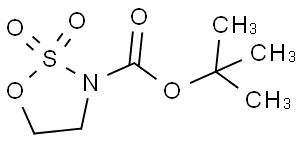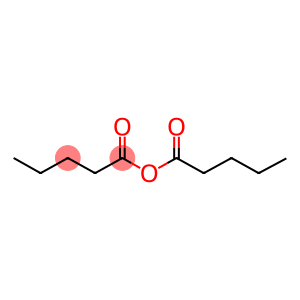2-Methylheptane(CAS#592-27-8)
| Risk Codes | R11 – Highly Flammable R38 – Irritating to the skin R50/53 – Very toxic to aquatic organisms, may cause long-term adverse effects in the aquatic environment. R65 – Harmful: May cause lung damage if swallowed R67 – Vapors may cause drowsiness and dizziness |
| Safety Description | S9 – Keep container in a well-ventilated place. S16 – Keep away from sources of ignition. S29 – Do not empty into drains. S33 – Take precautionary measures against static discharges. S60 – This material and its container must be disposed of as hazardous waste. S61 – Avoid release to the environment. Refer to special instructions / safety data sheets. S62 – If swallowed, do not induce vomitting; seek medical advice immediately and show this container or label. |
| UN IDs | UN 1262 3/PG 2 |
| WGK Germany | 2 |
| HS Code | 29011000 |
| Hazard Class | 3 |
| Packing Group | II |
Introduction
2-Methylheptane is an organic compound with the chemical formula C8H18 and a straight-chain alkane structure with a methyl group attached to a carbon chain within the molecule. The following is an introduction to the properties, uses, preparation methods and safety information of 2-methylheptane:Quality:- Appearance: 2-Methylheptane is a colorless liquid.- Boiling Point: It has a boiling point of about 116 °C/761 mmHg (lit.) and a density of about 0.698 g/mL at 25 °C (lit.).- Solubility: 2-methylheptane is soluble in organic solvents such as alcohols, ethers and aromatic hydrocarbons.Use:- Solvent: 2-Methylheptane can be used as a general-purpose solvent in a wide range of applications in the chemical industry, such as dissolving resins, paints and coatings.- Intermediates in chemical reactions: Due to its low boiling point and inertness, 2-methylheptane is often used in alkylation reactions, the synthesis of organic compounds, and the preparation of other chemical intermediates.Method:- The main preparation method of 2-methylheptane is obtained by isooctene-catalyzed hydrogenation reaction. This reaction typically uses a catalyst such as platinum, palladium, or nickel.Safety Information:- 2-Methylheptane has low toxicity and is generally not harmful to humans.- However, its vapor is volatile, and potential overdose may cause symptoms such as central nervous system depression and dizziness.- When using 2-methylheptane, care should be taken to avoid prolonged exposure to or inhalation of high concentrations of vapor, while ensuring good ventilation to keep indoor air fresh.- When handling 2-methylheptane, appropriate precautions should be taken, such as wearing gloves, goggles, and face shields.- In case of accidental contact with skin or eyes, seek medical attention promptly after washing and handling.








